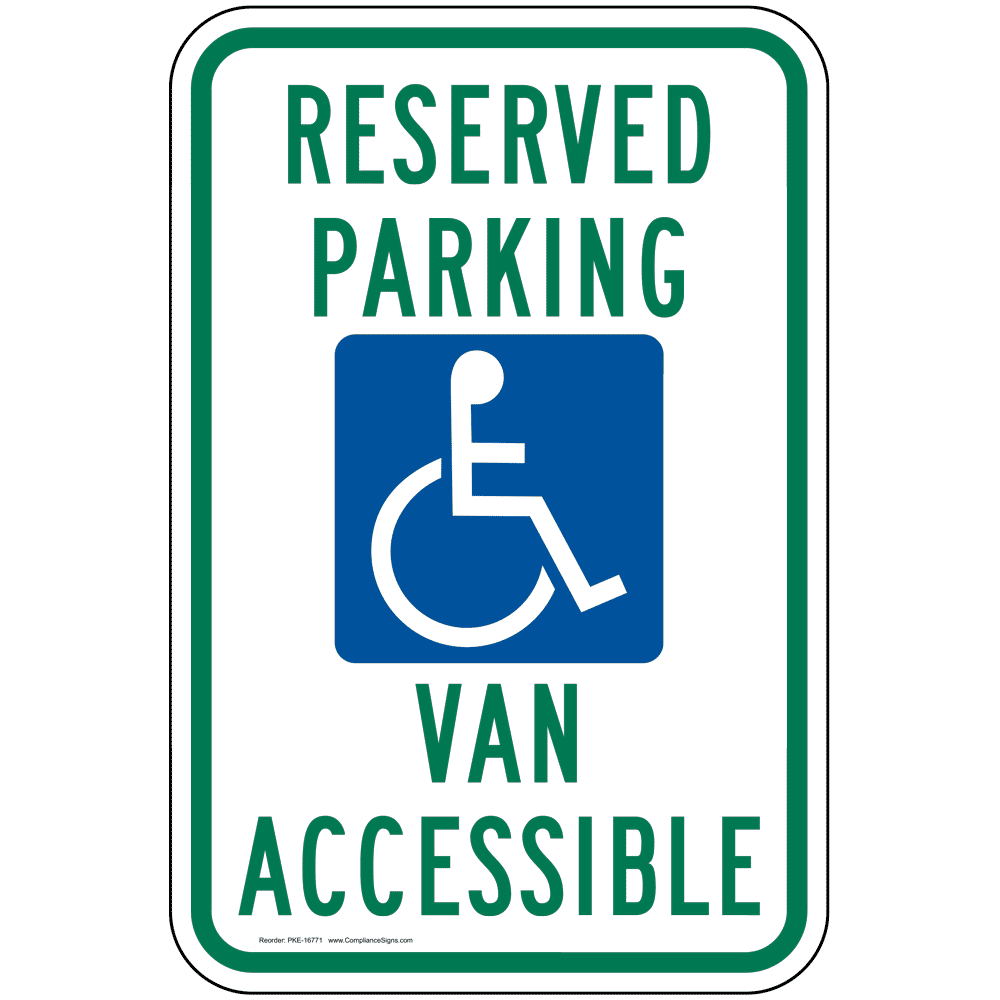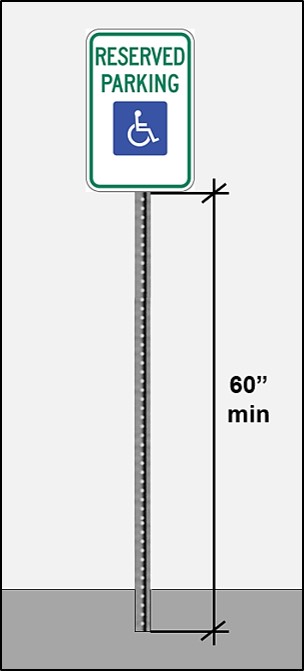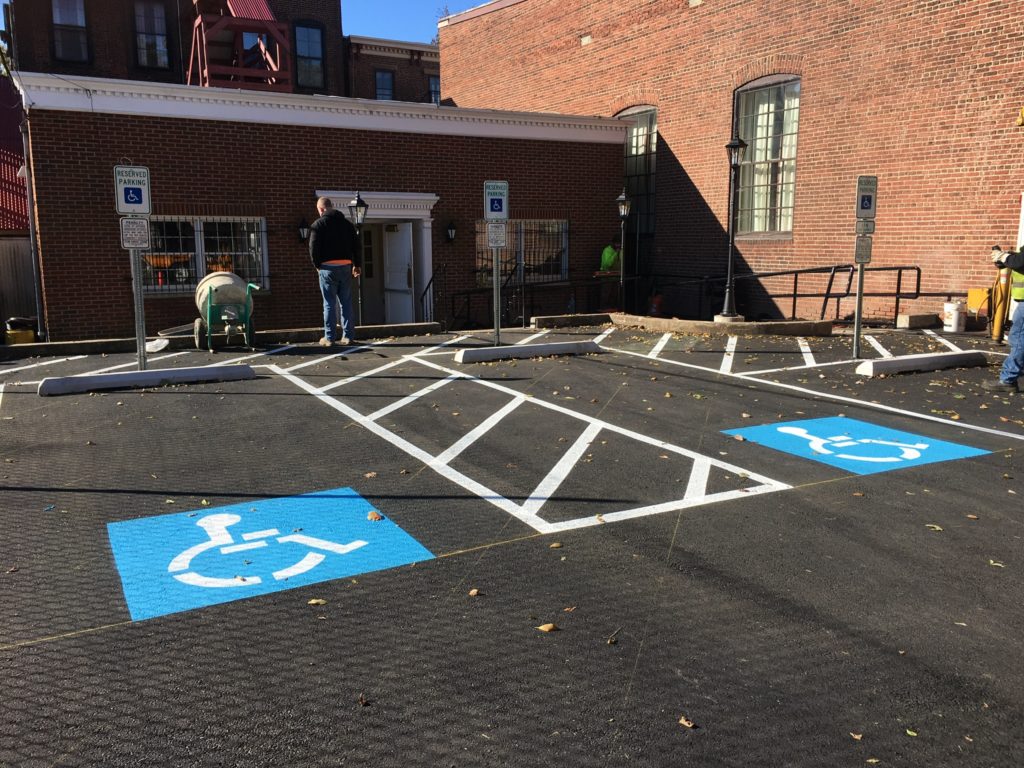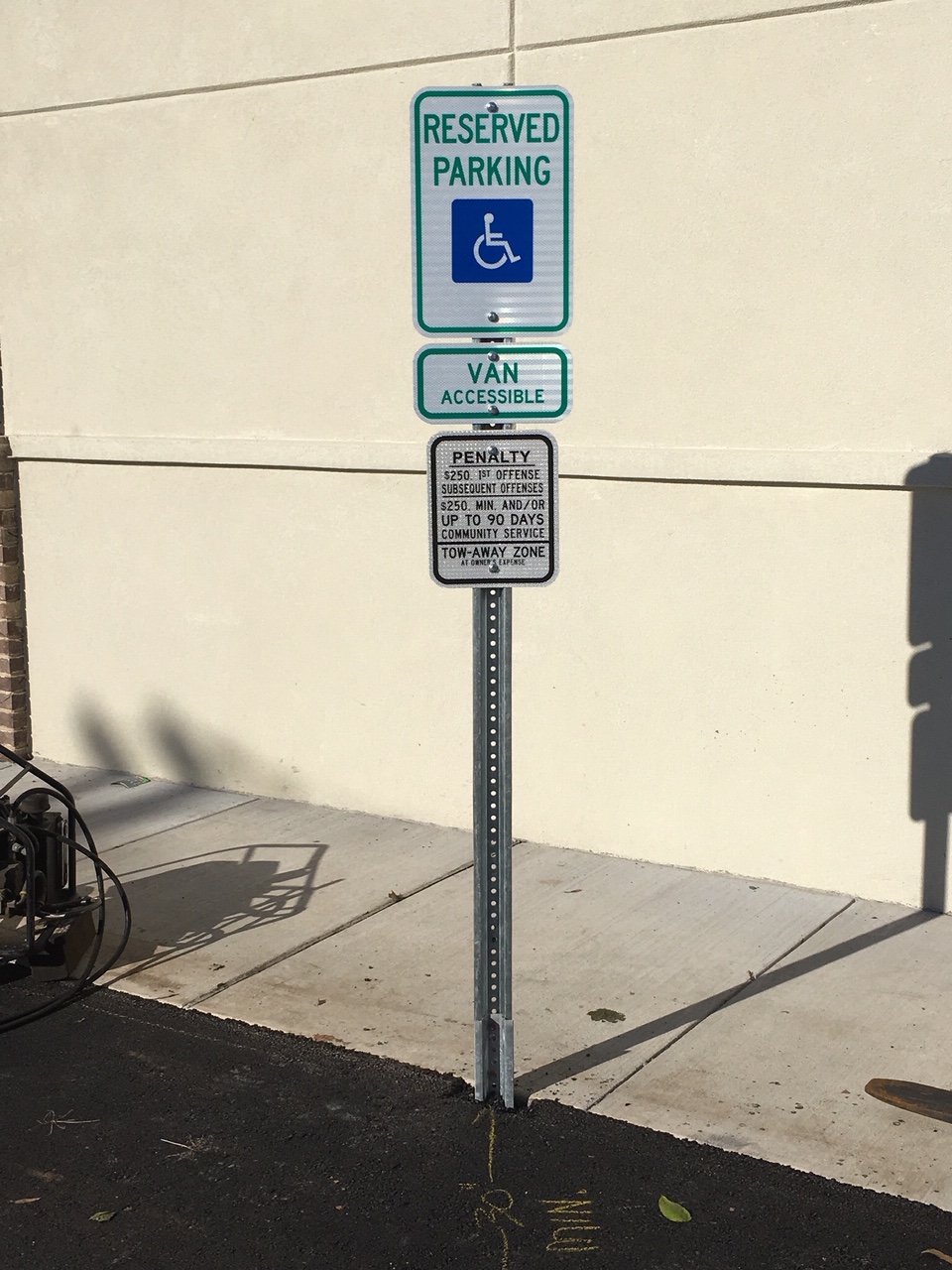The Lowdown on Accessible Parking Signs: More Than Just a Spot
You know those blue signs with the wheelchair symbol? They’re not just a suggestion. Accessible parking spaces are reserved for people with disabilities who need them to get in and out of their vehicles safely and easily. But there’s a lot more to these signs than meets the eye.
Beyond the Blue: The Importance of Accessible Parking
Related Articles: The Lowdown on Accessible Parking Signs: More Than Just a Spot
- Aloha, Parking Paradise: How Self-Parking Guidance Systems Are Revolutionizing Hawaii’s Driving Experience
- Navigating The Parking Scene In Alabama: A Comprehensive Guide To Services And Solutions
- South Beach Parking: Don’t Break The Bank!
- Parking Wars: Navigating The Streets Of Augusta
- Luxury Hotel Parking In Florida: Don’t Get Parked!
For folks with mobility limitations, finding a convenient parking spot can be a real struggle. Imagine having to park far away from your destination, navigate crowded parking lots, and then haul yourself and your belongings a long distance. It’s not just inconvenient; it can be downright dangerous.
Accessible parking spaces are designed to address these challenges. They’re typically located closer to building entrances, providing easier access for people using wheelchairs, walkers, or other mobility aids. These spaces aren’t just a convenience; they’re a necessity for many people to participate fully in their communities.
The Nitty-Gritty of Accessible Parking Signs
These signs aren’t just slapped up willy-nilly. There are specific regulations and standards that govern their design and placement. Here’s a breakdown of the key features:
-
The Wheelchair Symbol: This universal symbol is the most recognizable feature of an accessible parking sign. It represents the accessibility of the parking space for people with disabilities.
-
Clear and Concise Text: The sign should clearly state "Accessible Parking" or "Handicap Parking" in bold, easy-to-read lettering.
-
Color Contrast: The text and symbol should be in contrasting colors to ensure visibility for people with visual impairments.

-
Placement: Accessible parking spaces are typically located in designated areas, often near building entrances or designated handicapped-accessible entrances.

Size and Height: The sign should be large enough to be easily visible from a distance, typically mounted at a height of 5-7 feet.

The Legal Side of Accessible Parking
Misusing accessible parking spaces is not just a matter of bad manners; it’s illegal. Parking in an accessible space without a valid permit can result in fines and even towing.
Who Needs an Accessible Parking Permit?
Accessible parking permits are issued to individuals with disabilities who need to use accessible parking spaces. These permits are typically issued by state or local governments and require documentation of the disability.
The Perks of Using an Accessible Parking Permit
- Convenience: Finding a parking space close to your destination can save you time and effort.
- Safety: Accessible parking spaces are located in safer areas, reducing the risk of accidents or injuries.
- Independence: Using an accessible parking space allows people with disabilities to participate in their communities without relying on others for transportation.
The Etiquette of Accessible Parking
Even if you don’t have a permit, there are ways to show respect for accessible parking spaces:
- Don’t park in an accessible space unless you have a valid permit.
- Be mindful of the designated areas and avoid blocking access to accessible parking spaces.
- If you see someone struggling to get in or out of their vehicle, offer to help.
The Future of Accessible Parking
As technology advances, we’re seeing innovative solutions to make parking more accessible. For example, some parking lots are implementing apps that allow people with disabilities to reserve accessible parking spaces in advance. There’s also a growing movement towards creating more accessible parking options in urban areas, such as curbside pickup zones and dedicated parking spaces for people with disabilities who use ride-sharing services.
FAQ: Accessible Parking Signs
Q: Who can park in an accessible parking space?
A: Only individuals with disabilities who have a valid accessible parking permit.
Q: What happens if I park in an accessible space without a permit?
A: You could face fines, towing, or even legal action.
Q: Can I use an accessible parking space if I’m just dropping someone off?
A: No, accessible parking spaces are reserved for people with disabilities who need them to get in and out of their vehicles safely and easily.
Q: What if an accessible parking space is blocked?
A: If you see an accessible parking space blocked, report it to the authorities.
Q: How can I get an accessible parking permit?
A: Contact your state or local government for information about obtaining an accessible parking permit. You will typically need to provide documentation of your disability.
Q: What if I don’t have a disability but I need an accessible parking space?
A: If you have a temporary disability, you may be eligible for a temporary accessible parking permit. Contact your state or local government for more information.
Q: What are some ways to make parking more accessible?
A: Some ways to make parking more accessible include:
- Increasing the number of accessible parking spaces.
- Improving the design of parking lots to make them easier to navigate.
- Implementing technology solutions, such as apps that allow people with disabilities to reserve accessible parking spaces in advance.
- Providing more accessible transportation options, such as ride-sharing services and public transportation.
Conclusion
Accessible parking signs are more than just a symbol; they represent a commitment to creating a more inclusive and accessible world for people with disabilities. By understanding the regulations, respecting the rules, and showing empathy for those who need these spaces, we can all contribute to making our communities more welcoming for everyone.

Closure
Thus, we hope this article has provided valuable insights into The Lowdown on Accessible Parking Signs: More Than Just a Spot. We appreciate your attention to our article. See you in our next article!



